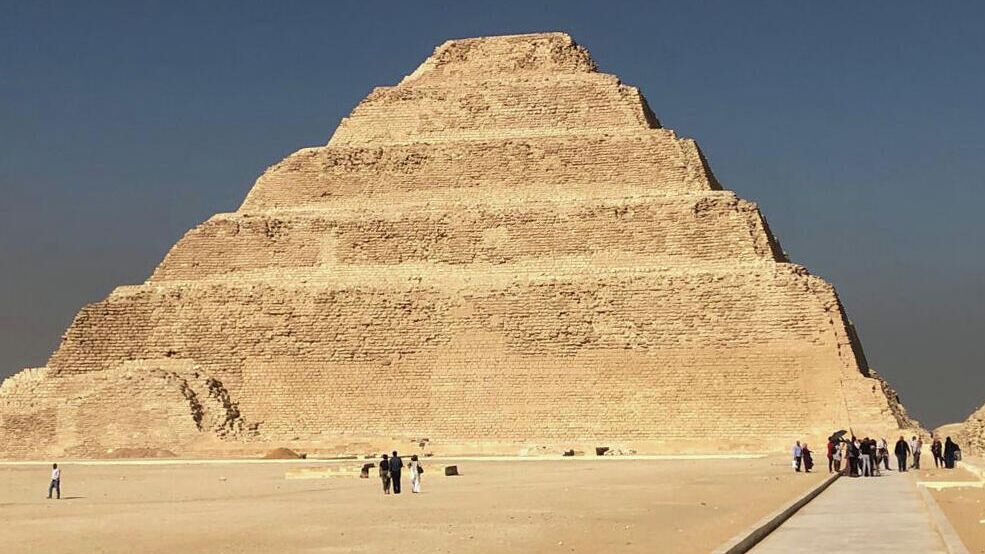
MOSCOW, August 10, Zakhar Andreev. Ancient Egyptian pyramids still excite the minds of ordinary people and scientists. Despite years of research, it is not entirely clear how exactly they were built. A bold new theory changes the idea of the capabilities of ancient engineers.
We managed without aliens
The pyramids of Ancient Egypt are mind-boggling. It is difficult for non-specialists to imagine that such colossal structures were built without modern technology. Especially since, for example, the pyramid of Khufu (or Cheops) consists of blocks with an average weight of two and a half tons, and a maximum of 15. This gives rise to numerous unscientific theories, including the involvement of aliens.
Scientists believe that people did it themselves. The few written sources, as well as archaeological data and a number of other sciences, including geology, help reconstruct the construction process. The latter, by the way, helped to find out that the Nile riverbed in ancient times was much closer to the giant tombs than today. The waterway provided logistics.
As the researchers found out, the techniques of tomb construction changed over time. The ancient Egyptians most likely used ramps, cranes, winches, articulated boom lifts or a combination of these methods. However, many blank spots remain. A new interdisciplinary study conducted by French scientists puts forward a new theory about how builders lifted the heavy stone elements of the structure. The article was published in the journal Plos One.
Secrets of the oldest pyramid
The team led by Xavier Landreau from the Paleotechnic scientific center focused on the oldest of the Egyptian pyramids — the step tomb of Djoser (c. 2650 BC).
Previously, so-called mastabas were erected to bury the ancient Egyptian kings — quadrangular flat structures made of adobe bricks. It was assumed that the Djoser pyramid would be the same. However, the architect Imhotep, for some reason, changed its shape during construction. According to some scientists, there was a famine in the country at that time — with the help of the pyramid, the Egyptians wanted to appease the gods and stop the disaster.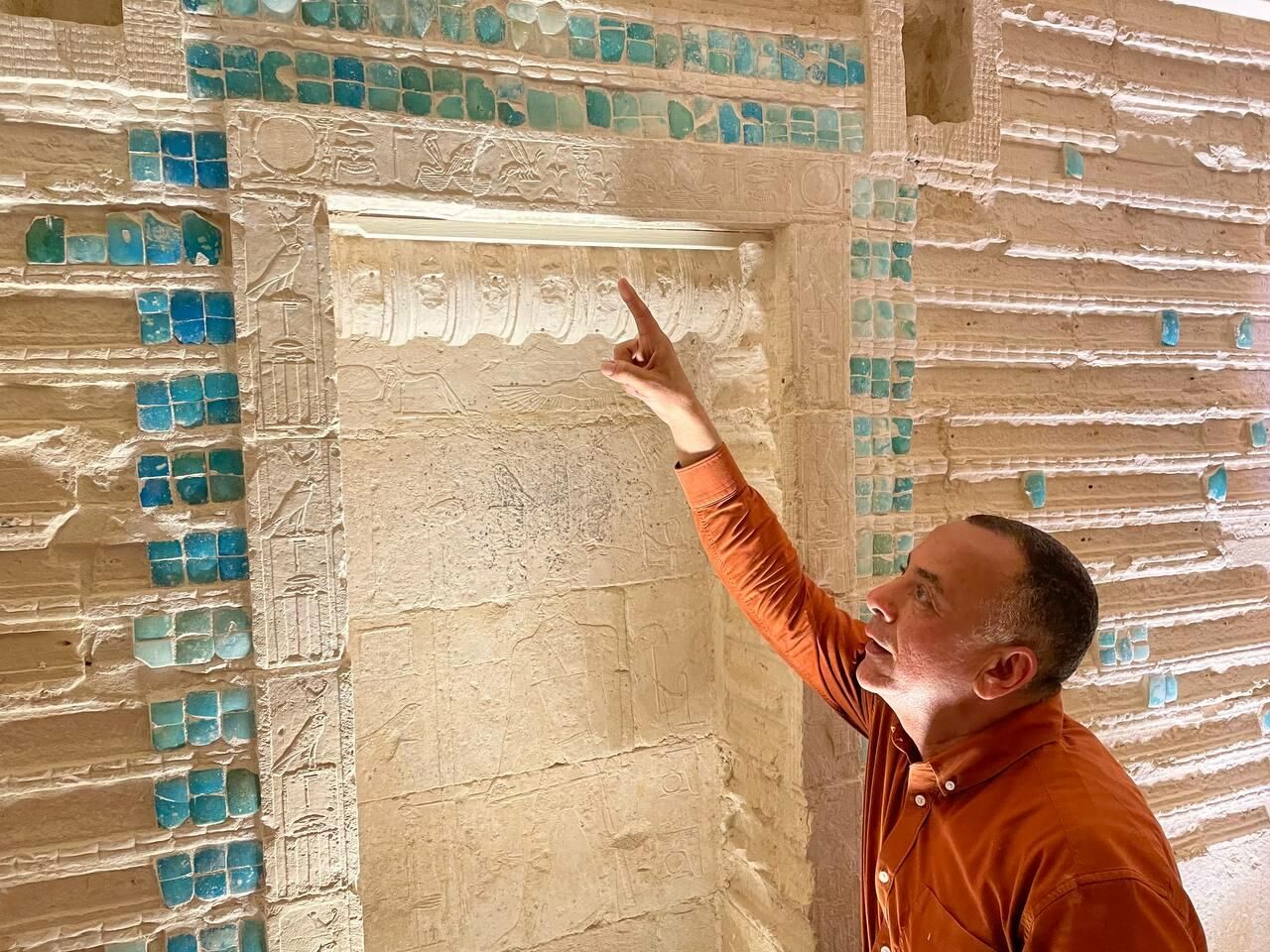
One of the unsolved secrets of this tomb is the large vertical shaft in the center of the pyramid. There have been different versions about why it is needed: ventilation, reducing pressure on the chamber located below, and others. Landro and his colleagues believe that the mysterious empty space was part of a hydraulic system that was used to lift blocks weighing 300 kilograms upward.
Sarcophagus or airlock
The team has no direct evidence, only indirect. The river civilization had already reached certain heights in hydroengineering during the time of Djoser. For example, the Egyptians built water purification systems in which they could regulate its level. The authors of the study suggested that one of the limestone structures near Djoser's tomb was not a military fortification, as previously thought, but a pool for collecting and purifying water, from where it was directed into the pyramid shaft. If the hypothesis is correct, this will explain another mystery of the ancient building.
The fact is that at the bottom of the shaft there is a granite «sarcophagus» with a plug. According to the generally accepted version, Djoser's body rested there (by the way, the pharaoh's mummy has not survived to this day — most likely, it was stolen in ancient times). According to French researchers, the purpose of the «box» was completely different — it was a sluice through which water entered and left.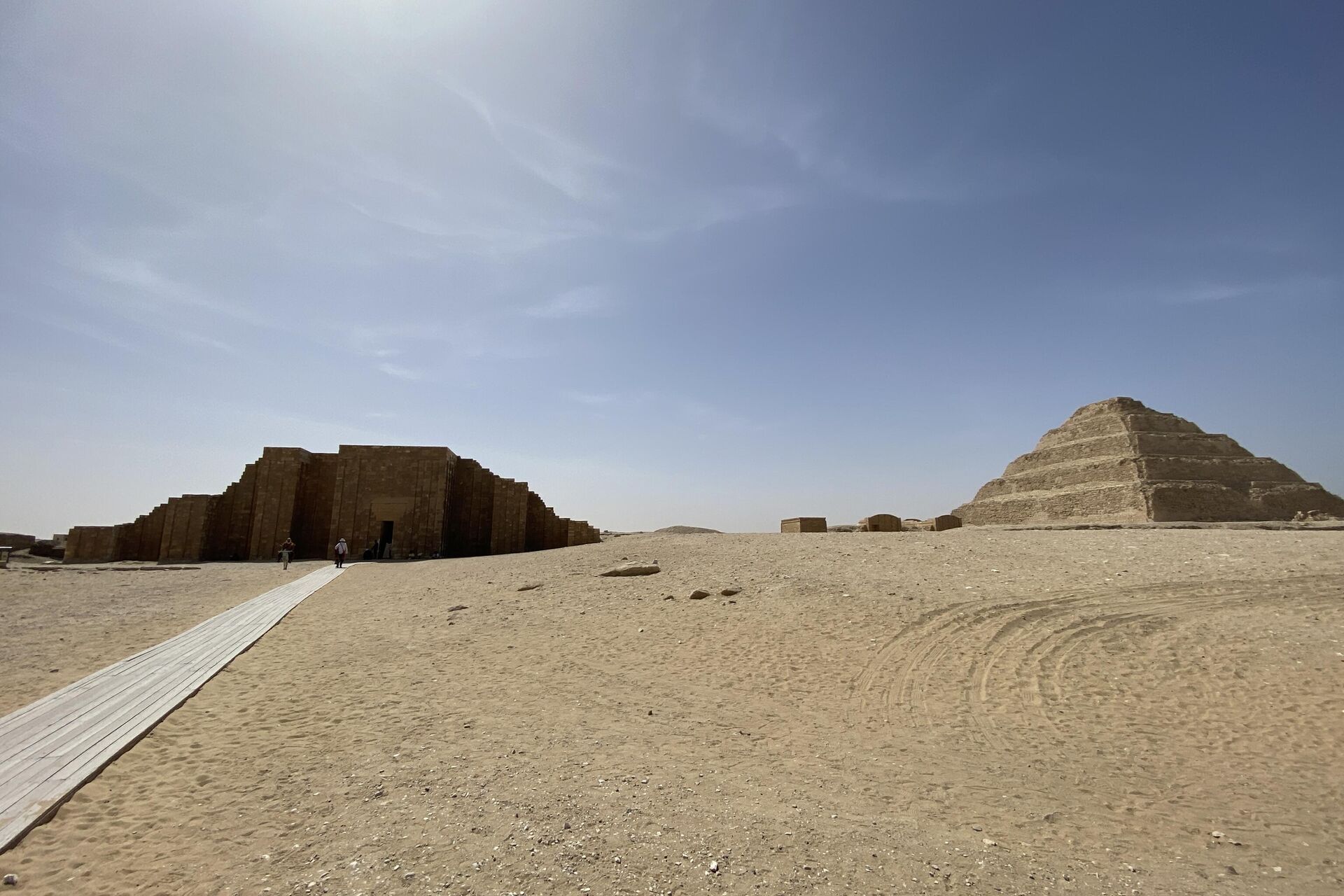
Now in Saqqara, where the pyramid of Djoser is located, there is a dry desert. However, previous research speaks in favor of the bold theory: they show that thousands of years ago there was more regular precipitation in the Sahara than today. The landscape resembled a savannah. It is quite possible that the builders actually had enough water to fill the hydraulic elevator. It is known that in the Old Kingdom, to which the building dates, gutters were used for rainwater in Egypt. Later — by the beginning of the second millennium BC — the favorable period ended and the climate became more arid.
Occam's Razor
The study could be the key to the mystery of how other pyramids were built, including the tombs of Khufu and Khafre in Giza, Landro is sure.
«The monoliths (used in construction) weigh tens of tons, which makes it apparently impossible to move them using only human labor. At the same time, an average-sized hydraulic lift can lift 50 to 100 tons. Exploring the hidden shafts inside these pyramids could be a promising direction for research,» the specialist notes.
Other scientists are skeptical. Cambridge University geoarchaeologist Judith Banbury points out that there is ample documentary evidence of the Egyptians using scaffolding, mud-brick ramps and other technologies. But there is no mention of hydraulic lifts.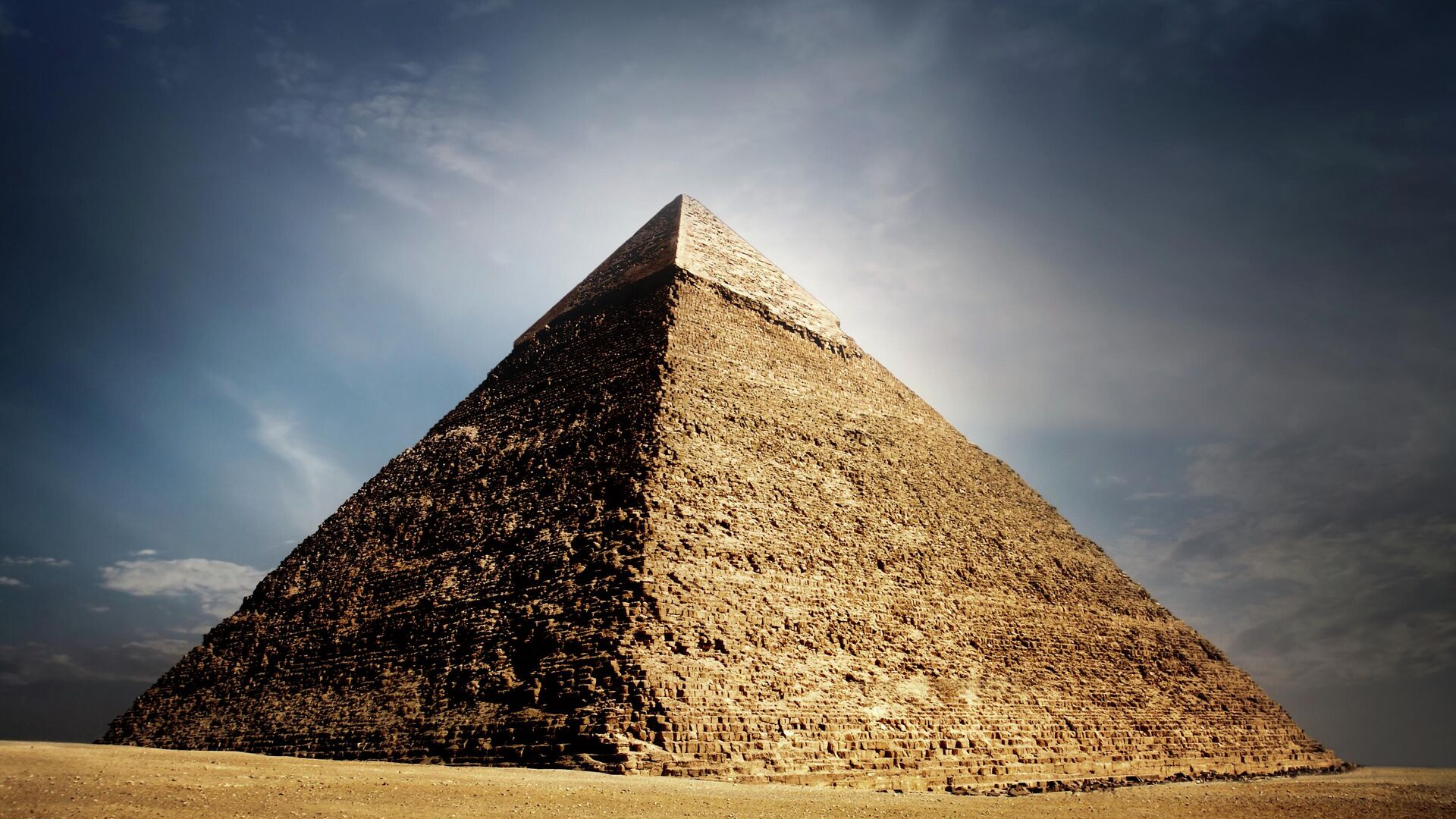
«That doesn't mean such a lifting device wasn't used,» she adds. «But there's also Occam's razor: you have to rely on the knowledge we already have.»
Bunbury doubts that the ancient builders later forgot such innovative technology. However, as we know, this sometimes happens: technical competencies tend to be lost. Thus, people were able to repeat some of the achievements of ancient Roman engineers only a thousand years after the fall of the empire.





























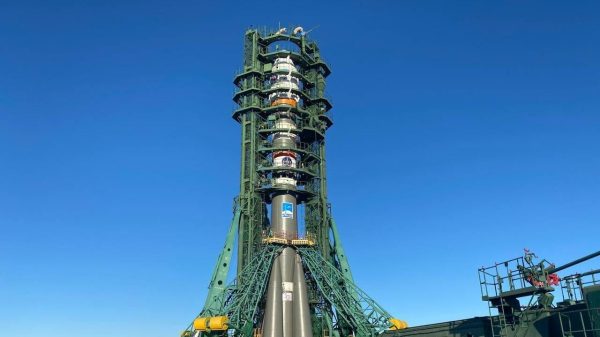

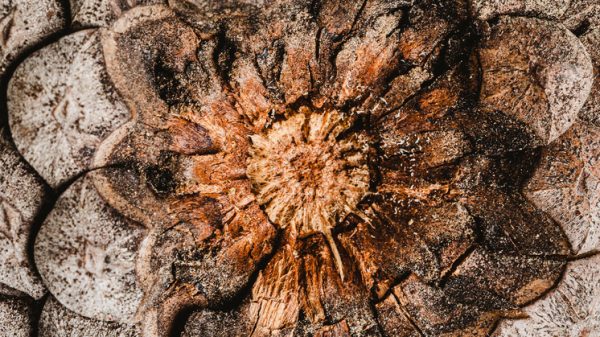



































Свежие комментарии